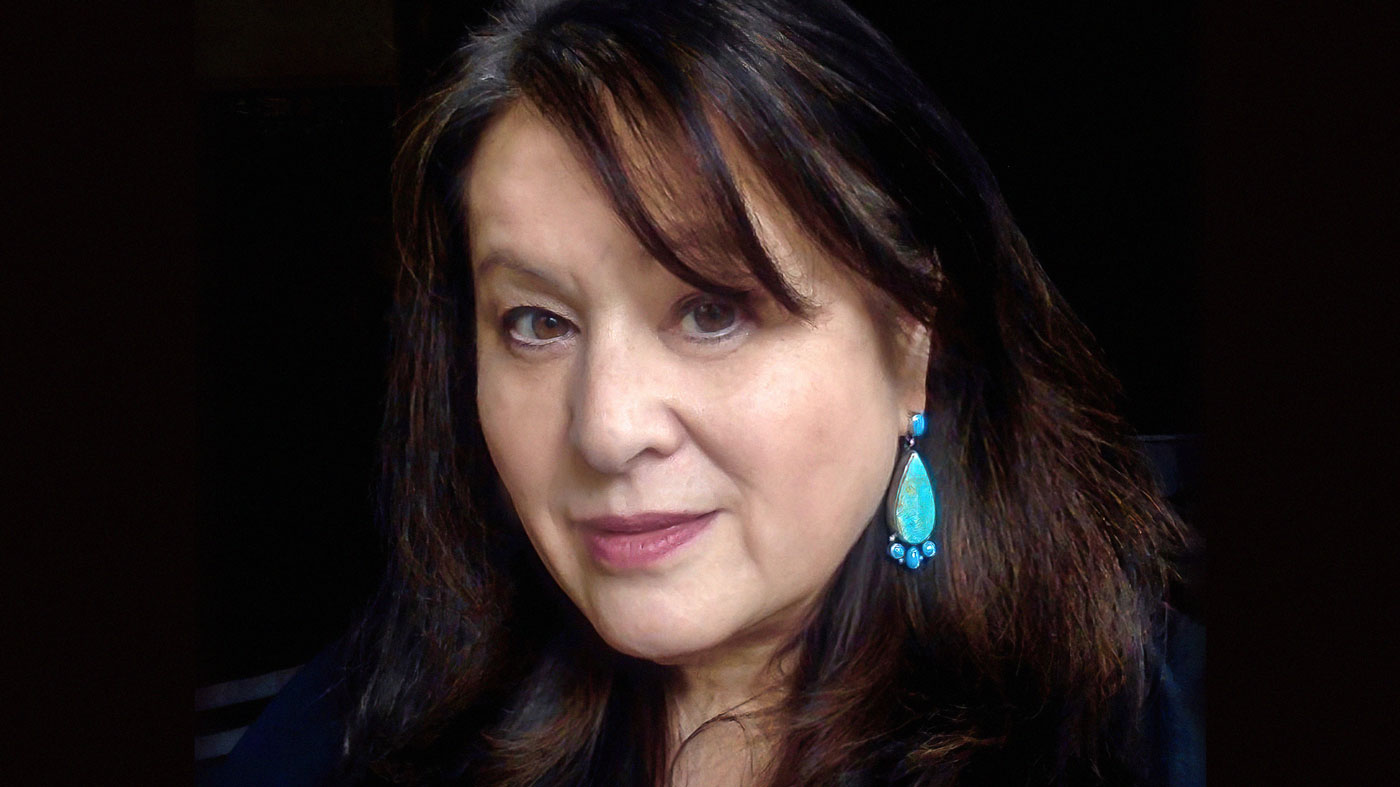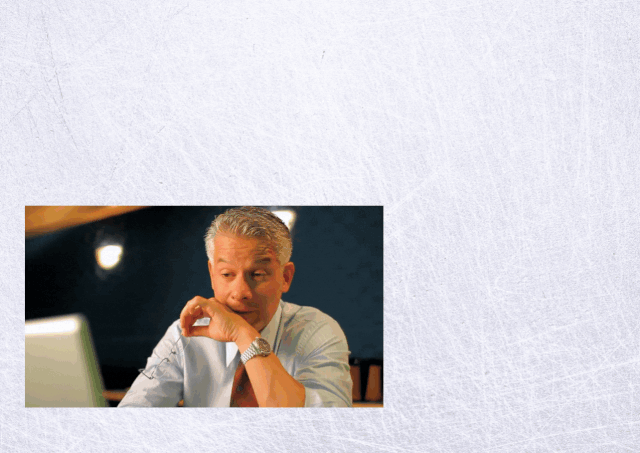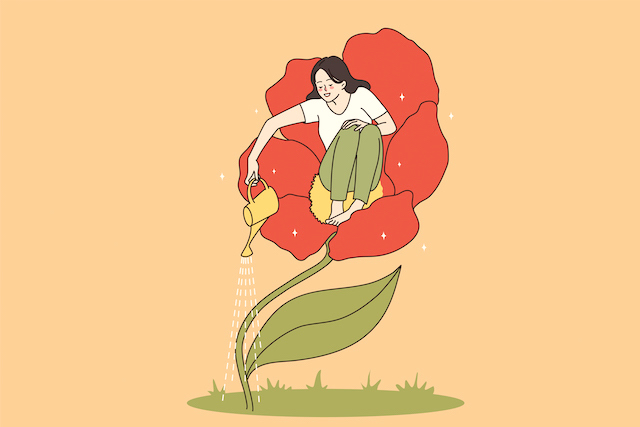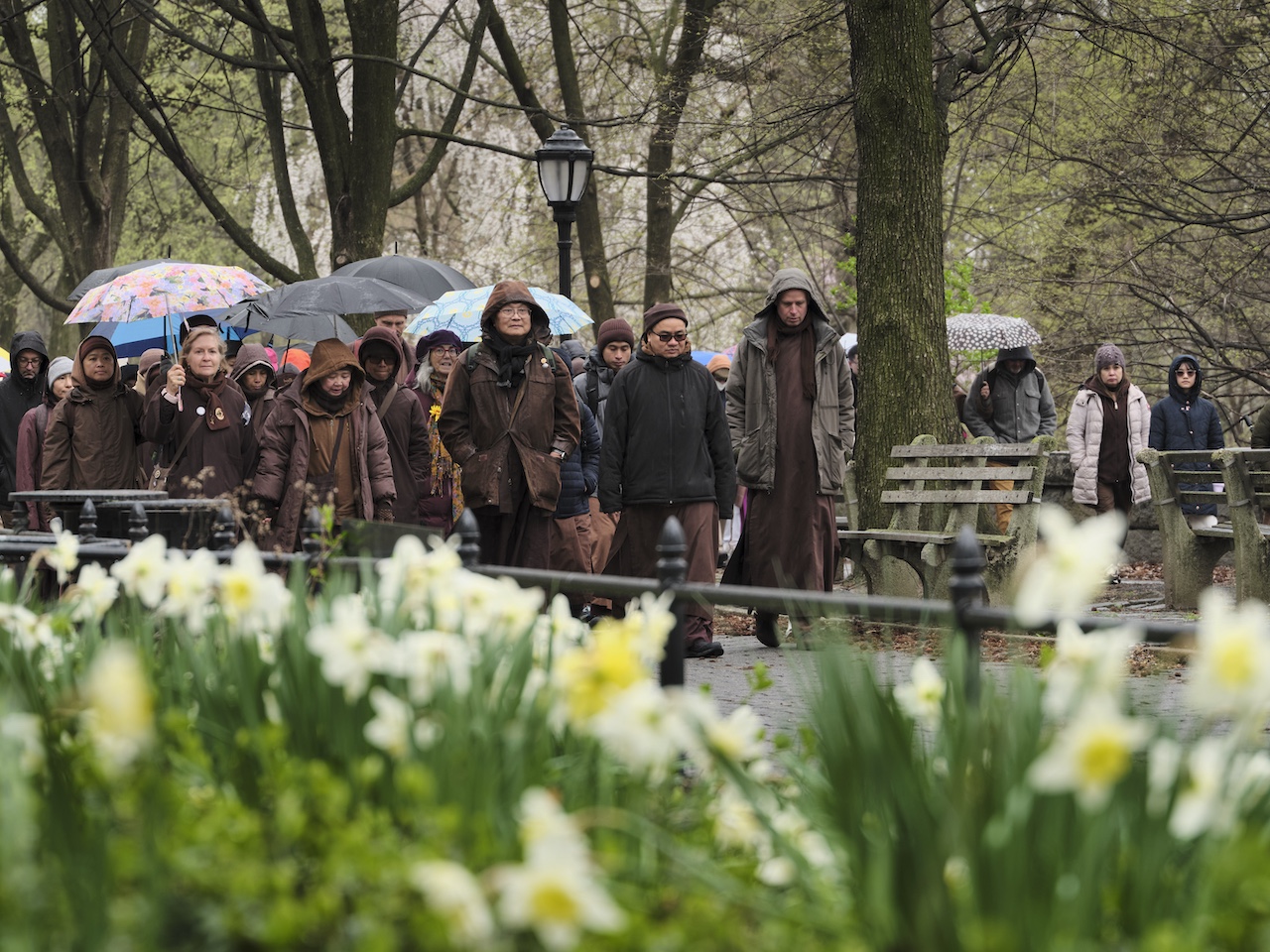Dr. Paula Arai, the First Eshinni and Kakushinni Professor of Women and Buddhist Studies, Wants to Help the Field of Buddhist Studies Heal
The new position aims to recognize the central role that women have played in the development of Buddhist thought and practice. The post Dr. Paula Arai, the First Eshinni and Kakushinni Professor of Women and Buddhist Studies, Wants to...

In August 2022, the Institute of Buddhist Studies announced that Dr. Paula Arai will join the IBS faculty as the first Eshinni and Kakushinni Professor of Women and Buddhist Studies. The position was established in November 2020 by the IBS Board of Trustees to support a professor specializing in the academic study of women in Buddhism.
Lady Eshinni (1182–1268) was the wife of Shinran Shonin, founder of the Jodo Shinshu Buddhist tradition. Kakushinni (1224–1283) was Eshinni and Shinran’s youngest daughter. Both women played crucial roles in supporting the development of the Jodo Shinshu tradition, both during Shinran’s lifetime and after his death. The IBS board created the position to honor Eshinni and Kakushinni’s contributions to Shin Buddhism and to support contemporary scholars researching women in Buddhism today.
Dr. Arai will assume the position in January 2023. She currently serves as the Urmila Gopal Singhal Professor of Religions of India at Louisiana State University, and her research focuses on the ritual practices of contemporary Japanese Buddhist nuns.
Tricycle spoke with Arai to learn more about her research on the ingenuity of Japanese Buddhist women, why this position is so important right now, and how the field of Buddhist studies can heal from its own constrictions.
Why do you think that this position is so crucial right now? The basic Buddhist project is to stop suffering, and the way to stop suffering is to practice nondual wisdom and cut through ignorance. The history of women in the Buddhist tradition is fraught with a lot of ignorance, particularly about women and women’s bodies. Within the academy, many of the dominant methods, concepts, and categories have arisen out of a limited view of what is worthy of scholarship. It hasn’t been that long that gender has been recognized as an important topic of scholarly inquiry. Right now, I think it’s important that questions of gender are more publicly discussed, particularly in the context of recent legislation regulating women’s bodies and constricting who has the right to be a woman.
The development of this position is one way of centering this topic. When I was researching Buddhist women thirty years ago, it was as if I were talking in a vacuum and no one could hear. Now, it finally feels like the speakers are turned on. Studying women in the Buddhist tradition is now a valid scholarly topic. I think this is a great development for the field of Buddhist studies since there are so many assumptions that women have not played an active part of the tradition.
How did you first become interested in researching Buddhist women? Back in the 1980s, when I was working on my graduate degree in Buddhist studies, I was looking for a dissertation topic. Although I was studying Japanese Buddhism, I had an opportunity to go to Bodhgaya, India. There, I met a Japanese Buddhist nun. I was very confused: Here I was, about to write a dissertation on Japanese Buddhism, and I had no idea that there were living Japanese Buddhist nuns. I developed a relationship with the nun, and I went to live and study at a Soto Zen nunnery in Nagoya, Japan, where she was a teacher and Shundo Aoyama Roshi was the abbess.
When I was researching Buddhist women thirty years ago, it was as if I were talking in a vacuum and no one could hear. Now, it finally feels like the speakers are turned on.
At the time, there weren’t a lot of contemporary documents about Japanese Buddhist nuns. To get information about them, you had to talk with them, live with them, and learn how they saw the world. So I did just that. At that time, the highest-ranking nun was considered to be lower than the lowest monk. But these women fought for their own inclusion. They established forms of education and training in Buddhist texts and practices. Because they didn’t have institutional support, they had to work hard. When you have to work so hard with minimal resources, it clarifies your determination: What is worth working so hard for?
These women didn’t carry around a sense of being treated in an inferior manner, even though that was structurally what was happening. That thought didn’t help them get through the day. Their goal was to stop suffering. And so if they kept turning to the men for their cues about what they could or could not do, that wasn’t going to help them. Instead, they just studied the Buddhist teachings and found them liberating.
What were some of the challenges that you faced when you first started presenting your research, and what do you see as the major challenges scholars are facing today? When I first started presenting my research in the early 1990s, I was challenged that I only had anecdotes—I didn’t have texts. At that point, textual sources were seen as the mark of rigorous scholarship. Living and talking with people, especially women, was not respected as a serious method of study.
Although the field has opened up in looking at the embodied lived tradition, textual analysis is still the mainstay. We can still learn more from the text-historical material. But in order to grow the field, more voices should be heard and taken seriously. Right now, it can be hard for scholars using methods like ethnography or ritual studies to get tenure. The challenge is for more scholars to be courageous and to question the assumptions about what it means for scholarship to be rigorous.
What types of questions are you paying attention to right now? Recently, there has been more scholarship about misogyny and male chauvinism in the Buddhist tradition. This is a worthy subject to explore. But that’s only part of the story. The question that I want to pay attention to is: How did women respond to this treatment?
The underdog has to know who’s keeping them down in order to survive. The creativity, ingenuity, commitment, and insight of the people who are held down—that’s what I want to look at. There is a powerful, creative force in the Buddhist tradition that can be traced to women’s responses to limiting ideas that are rooted in ignorance. And so I want to keep asking questions using Buddhist tools of analysis: Where’s the ignorance? Where’s the reification?
We can still learn more from the text-historical material. But in order to grow the field, more voices should be heard and taken seriously.
One of the main tenets of Mahayana Buddhism is “form is emptiness, emptiness is form.” The particular forms of a body do matter. You can’t just live in the world of emptiness. We live in an embodied way. We see that so starkly in the case of regulations and restrictions imposed on the bodies of women and nonbinary people. So we have to face the particular. We have to examine the particular in the form body and see it through the lens of emptiness so we don’t get stuck in categories.
What excites you about what other scholars are doing to shape the trajectory of Buddhist studies? I’m excited about bringing as many lenses to bear as possible. The textual-historical lens has a lot of power and yields a lot of fabulous information. But looking at what Buddhists are actually doing, whether historically or in the contemporary context, can show us more sides of the tradition. Everything is so context-specific, and it’s hard to make definitive statements. I want to look at the mess. I think more people are doing that.
With human religiosity, there’s always a gap between ideals and reality. In the Buddhist context, there are the ideals of enlightenment and compassion, and then there are the heinous things that have actually happened. It’s important to never lose sight of both of these poles. I think it’s also important for people to feel empowered to use Buddhist teachings to critique parts of the tradition that are limiting or that cause suffering. If a doctrine is reifying a particular category, that will cause suffering. I’m excited that more people seem to be asking, “Is this a reified category? And if so, how do we unpack it and see if there’s another way to respond?”
What are your hopes for this position and for the future of Buddhist studies? I would love to see more people studying and working with the living traditions of Buddhist practice. Although the field has grown in the last thirty years, there are so many more treasures and insights to find. I hope scholars will be able to flourish in their careers and their lives by examining how Buddhists have responded with creativity to forces of oppression and domination.
Healing has been a major focus of my research. For the women I work with in Japan, healing is the aim of Buddhist practice. Enlightenment is very highfalutin, but healing is seen as more accessible and concrete. I want to use this position to help the field heal. There are too many people suffering in the academy because of limited views of what constitutes rigorous scholarship. Before, I spoke out, but I did lose jobs. Now, with this platform, I can speak out for all the people who are suffering under this narrow view of scholarship.

 Troov
Troov 































